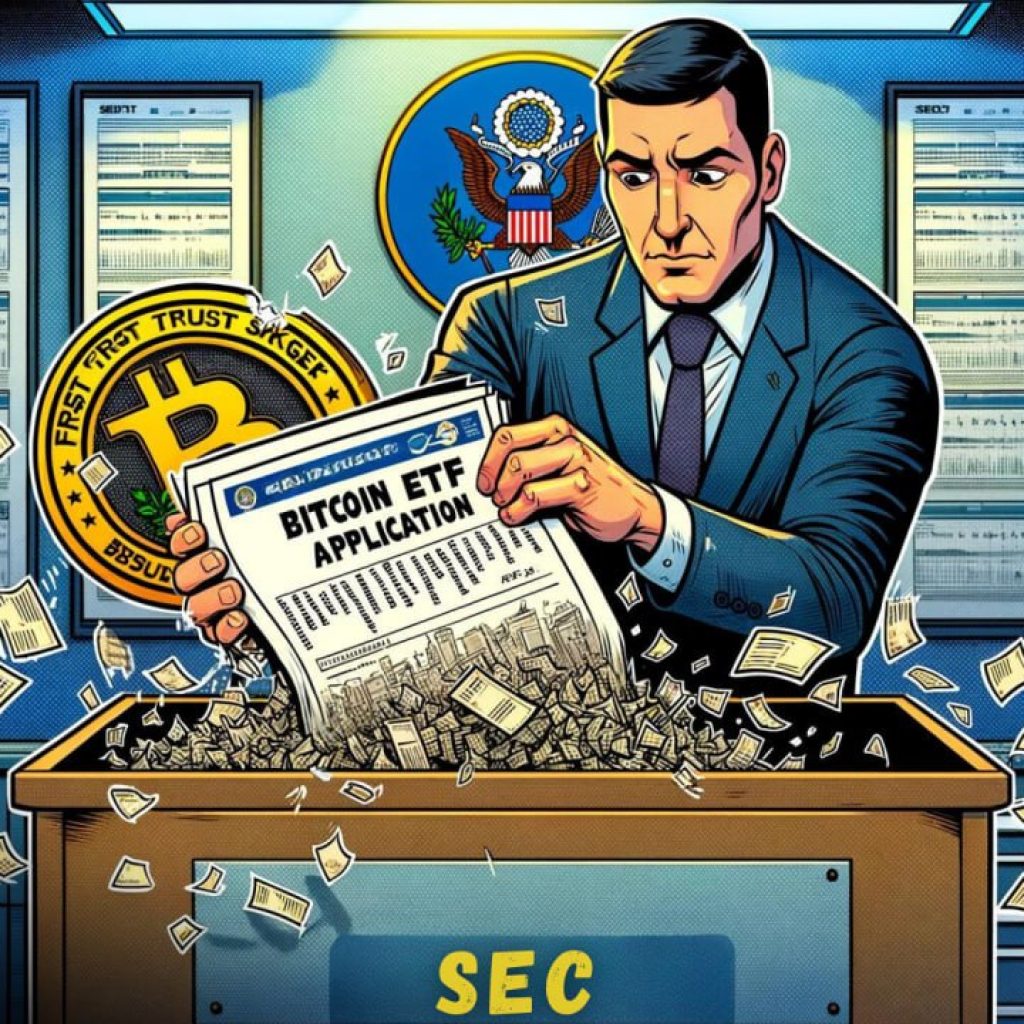The Web3 space is evolving rapidly, however, many of the existing user interfaces can be quite challenging to navigate due to their highly technical nature. Most industry professionals agree that Web2 has a solid user-base, who are now looking for more seamless Internet-based services. In its current form, Web3 has a meaningful value proposition that will offer more incentives to users. But many of the decentralized applications (dApps) are not as user-friendly and intuitive as they should be.
Blockchain experts believe that Web2 clients will eventually be able to transition to a Web3 environment and more decentralized social platforms. Currently, most social platforms take up users’ valuable time and attention for free. This is the primary problem that Web3 platforms like RepubliK solve by uniquely rewarding everyone in the ecosystem for their time spent interacting via the platform.
Transition to Web3 Must Focus on User-Centric Apps
However, the transition to Web3 will be a gradual process that can be greatly enhanced if developers keep things simple for end-users. Currently, there are a number of major difficulties that clients encounter when interacting with Web3 social platforms. For instance, the security of these services must be improved so that users’ data and assets remain protected at all times.
In addition to offering secure Web3 platforms, there must be practical use cases that will attract Web2 users to a more decentralized Internet. For example, Web3 creators must analyze what the modern Web user is looking for. It’s not too challenging to figure out that many consumers prefer to work with so-called “Super Apps” such as the one envisioned by Elon Musk, who recently rebranded Twitter to X. The management at X has also been busy with acquiring numerous payments licenses across various jurisdictions. Their end goal is to provide services that would let users perform a wide range of functions/activities without having to interact with multiple.
Web2 Is Highly Centralized, Web3 to Address End-User Pain Points
While this is a great idea, the X platform is still quite centralized and far from realizing the true potential of Web3, where services would be more democratized and the end-user would have more opportunities to gain meaningful rewards. Although some Web3 platforms do offer their own native tokens and/or utility tokens along with digital wallets, these tools can be quite confusing at first. Newcomers, especially consumers who may not have an extensive technical background, might not want to work with such apps. This is one of the main reasons why the barrier to entry for Web3 remains relatively high.
There are several other technicalities like fluctuating gas fees, which may be an unpleasant surprise to many newcomers to the Web3 space. Clearly, there’s a lot more work that needs to be done, before Web3 is ready for mass adoption. But with the current bull market heating things up, there’s a good chance that blockchain developers will have the resources needed to create more intuitive and frictionless Web3 apps.
Everything Needs to be Simple
Most designers and blockchain architects believe that with Web3, everything needs to be as simple as possible. By keeping the user-interface to a bare minimum, clients will naturally be more confident when first using these new apps. Notably, one of the most high-potential projects in this nascent ecosystem, called RepubliK, has elected to create a multi-utility token that can handle both transactions and governance.
As explained by its creators, RepubliK is a social media network and content monetization platform. While there are many platforms offering blockchain and smart contract-based services, they are not offering users real incentives to engage and earn rewards via the platform itself. Web3 initiatives must offer creators with a range of opportunities to acquire value while engaging with active communities online.
A high-potential Web3 project must also make it as easy as possible for users to monetize their content and everyday interactions. In addition to these capabilities, these new apps must support an ecosystem where creators can retain a considerably larger portion of their earnings while maintaining a sizable stake in the platform.
Despite the blockchain and crypto space being in its early stages of development, many industry participants already agree that we need efficient token economies that enable borderless transactions. These cross-border transfers can be carried more seamlessly if the platform has a reliable native token.
Innovative apps also incorporate an airdrop system that regularly rewards users at nearly all levels of interaction within the platform. The modern Internet user may also be looking for more engaging, AI-enhanced experiences that are supported by a gaming-style leveling system.
Teaming Up with The Open Network (TON)
At present, it’s still too early to determine which Web3 projects will ultimately succeed. However, crypto developers may consider implementing comprehensive and more consolidated monetization tools that leverage blockchain tech and decentralized finance to enable new revenue streams and empower creators.
It's worth noting that RepubliK, which is now considered a high-impact SocialFi platform, is teaming up with The Open Network (TON), so that they can bridge the Web2 and Web3 ecosystems. This collaboration will commence in Q2 2024, and will focus on streamlining the user experience by offering a frictionless platform for token transactions.
Disclaimer: This article is provided for informational purposes only. It is not offered or intended to be used as legal, tax, investment, financial, or other advice.





